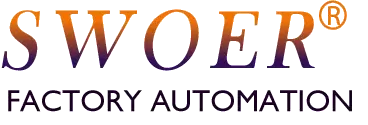The core advantages of step feeders are their gentle and quiet feeding method, which can effectively handle parts that are difficult for vibration bowls to manage. The following product types are particularly suitable:
- Parts Prone to Tangling or Interlocking
These parts are the primary application for pusher feeders, as vibration bowls would cause them to become a tangled mess.
- lò xo: All types of springs (compression, extension, torsion).
- O-Rings & Seals: Rubber or silicone items that easily nest into each other.
- Chains & Necklaces: Metal chains that are highly prone to tangling.
- Wires & Cable Segments: Short pieces of wire that can intertwine during vibration.
- Delicate Parts Prone to Deformation or Scratching
The smooth, linear motion of a pusher feeder protects part surfaces from impact and friction.
- Parts with Delicate Finishes: e.g., mirror-polished, plated, or high-gloss components.
- Plastic Racks & Gears: Vibration can cause wear or breakage of the teeth.
- Thin-Walled Parts & Precision Sleeves: Impact and vibration can easily cause deformation.
- Ceramic & Glass Components: Highly sensitive to impact.
- Simple-Shaped or Pre-Oriented Parts
If the parts do not require complex orientation, a pusher feeder is an efficient and economical choice.
- Washers & Shims: If there is no need to distinguish top from bottom, they can be stacked and pushed.
- Simple Blocks & Cylinders: e.g., cubes, rods.
- Parts Already Packaged in Carrier Tape: Can be pushed directly into the next station.
- Heavy Parts or Parts with Poor Flow Characteristics
- Heavy Metal Parts: Mechanical pushing is not affected by part weight.
- Powder Metallurgy Parts: Vibration creates dust, whereas pushers are cleaner.
- Parts with Adhesive Backing: e.g., stickers; vibration can cause them to stick to the track.
